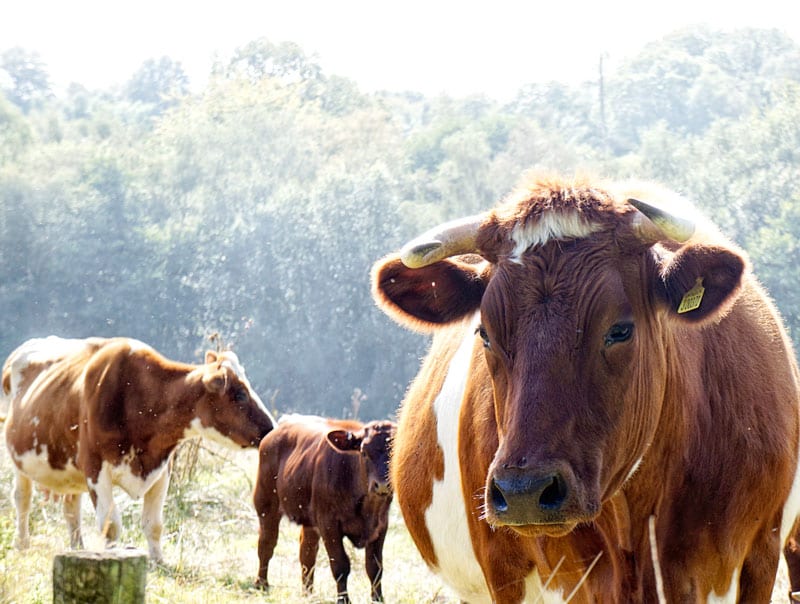 Look Mummy all the cows have horns, said Theo. Yes Theo, all the cows here keep their horns, I answered. And someday they’ll be used to make cow horn manure to make the soil fertile.
Look Mummy all the cows have horns, said Theo. Yes Theo, all the cows here keep their horns, I answered. And someday they’ll be used to make cow horn manure to make the soil fertile.
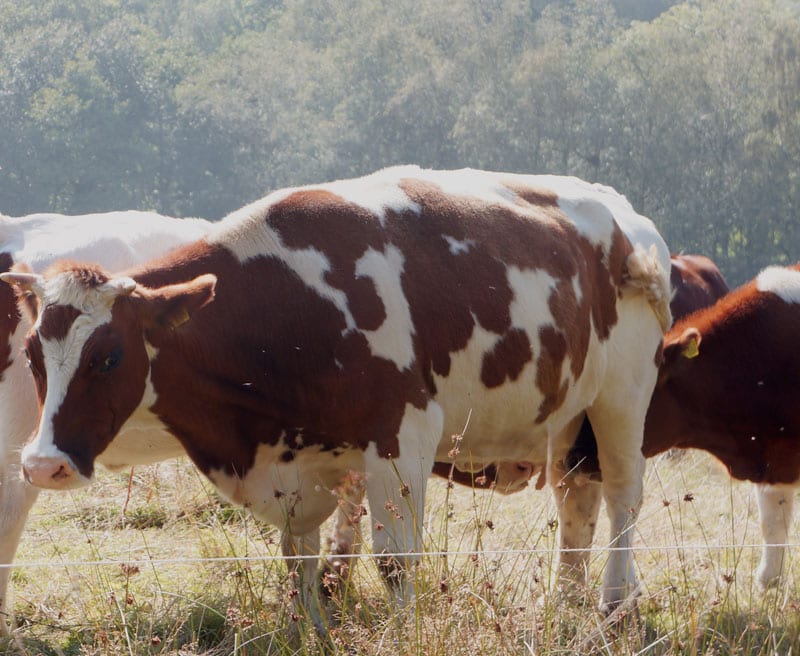
Look Mommy the calves are drinking milk, said Luce. (She still calls me Mommy rather than Mummy). Yes Luce, the same raw milk I buy for you sometimes. Raw milk? She asked. The creamy milk you like that is unpasteurised, I answered.
And these are outdoor cows – not kept indoors all their lives – which I’ve highlighted in this post.
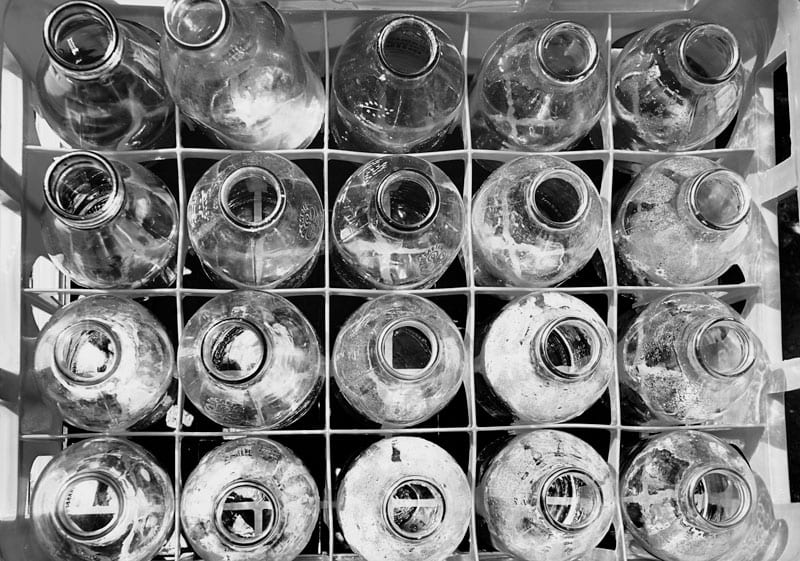
Empty milk bottles
We were visiting a local biodynamic farm called Plaw Hatch Farm. It’s cooperatively owned and is comprised of two farms – Plaw Hatch and Tablehurst – near Forest Row in Sussex. I regularly stop at the farm shop to buy bread, fresh vegetable and fruits, cheese and milk.
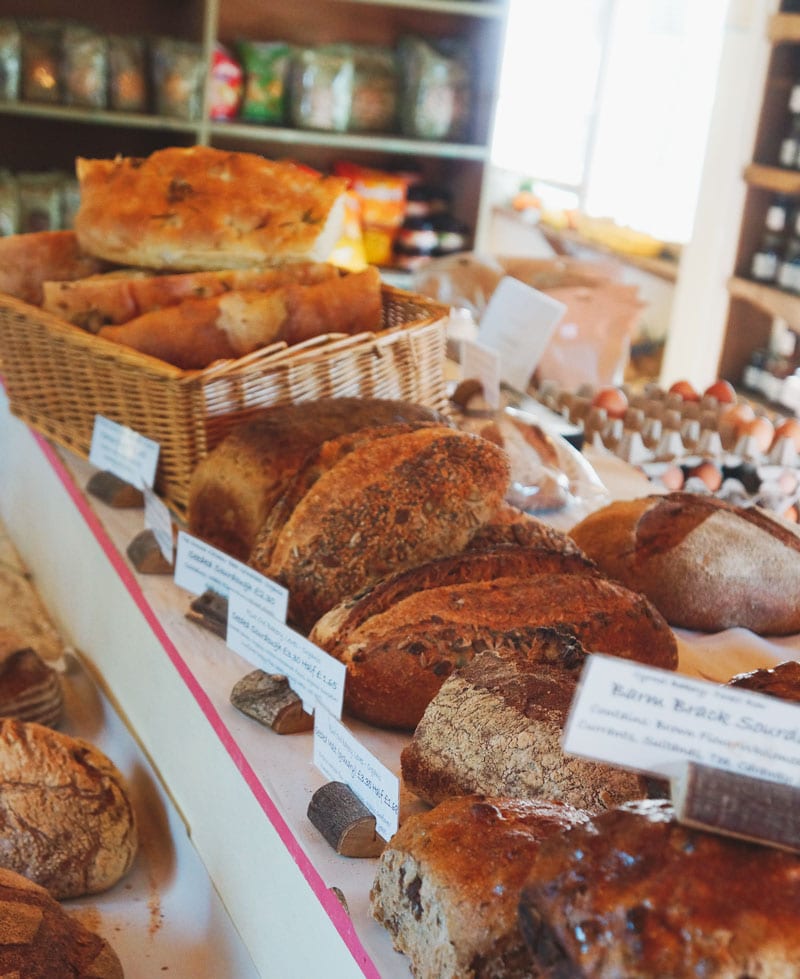
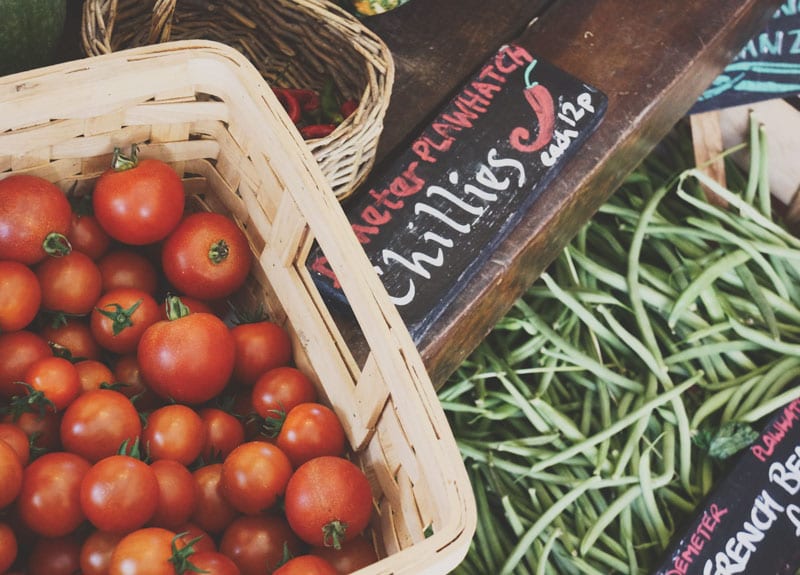
I often go for a walk around the farm with my kids. You don’t need a guide or a ticket. You’re allowed to wander around by yourself or join one of their walking tours. I have to admit I didn’t really know anything about biodynamic farming until I started buying the fresh produce and meat sold in the shop.
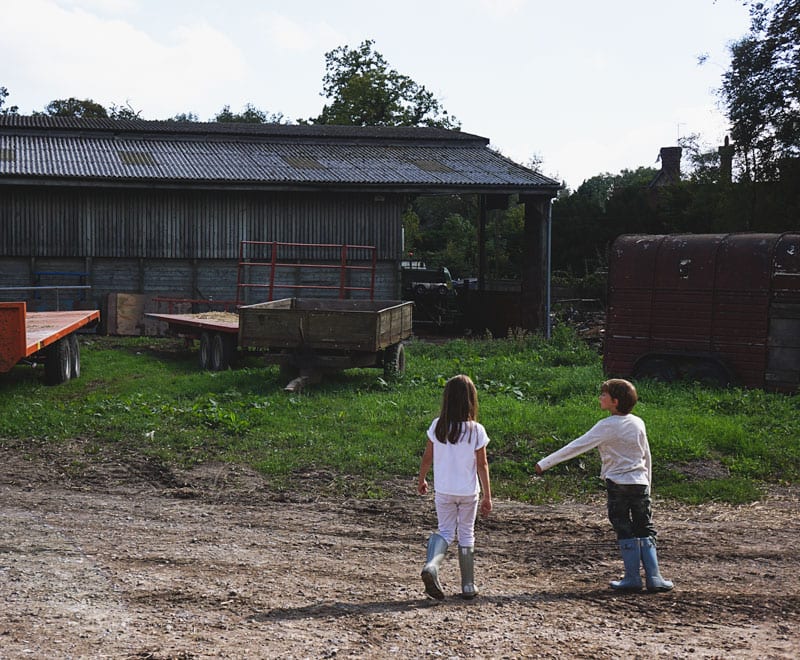
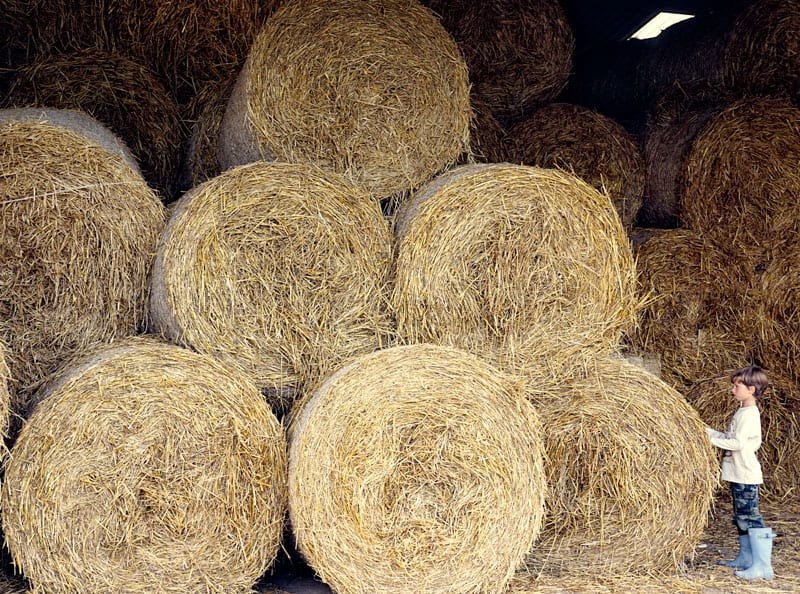
Friends and locals recommended the shop. People drive from afar just to buy the raw milk (which is highly regulated). And quite a few mentioned to me – sometimes with raised eyebrows – that the coop planted, sowed and more according to when the moon is waxing or waning. But everyone agrees that the food produced by the farm was amazing. I agree.
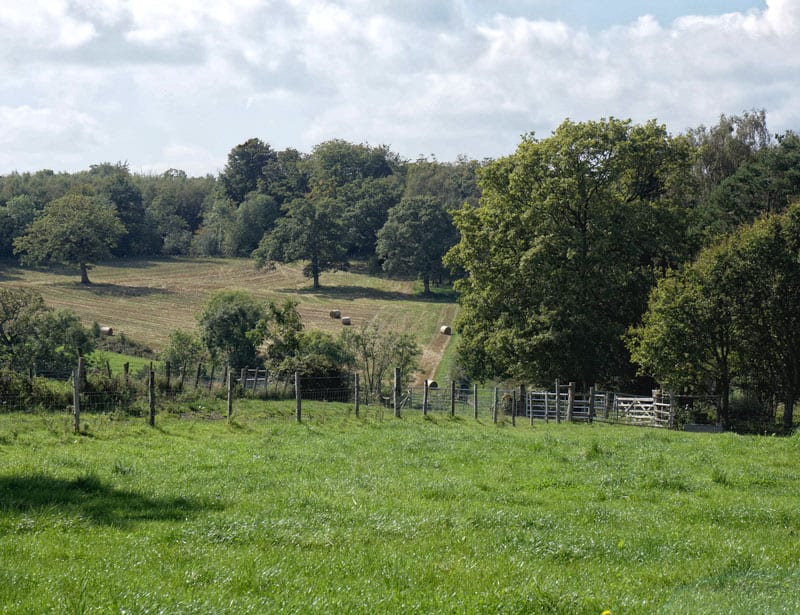
Biodynamic farming is sometimes described as being run according to ‘spiritual science’ or holistic techniques. One of the main aims is that the farm runs as a self-maintaining self-contained eco-system. It’s not just organic farming. They also use old traditional methods of planting and harvesting according to the phases of the moon and the stars. The origins of the biodynamic movement stem from a series of lectures by the Austrian scientist and philosopher Rudolph Steiner in the 1920s. (The same now known for Steiner schools).
You can find more information on biodynamic farming here.
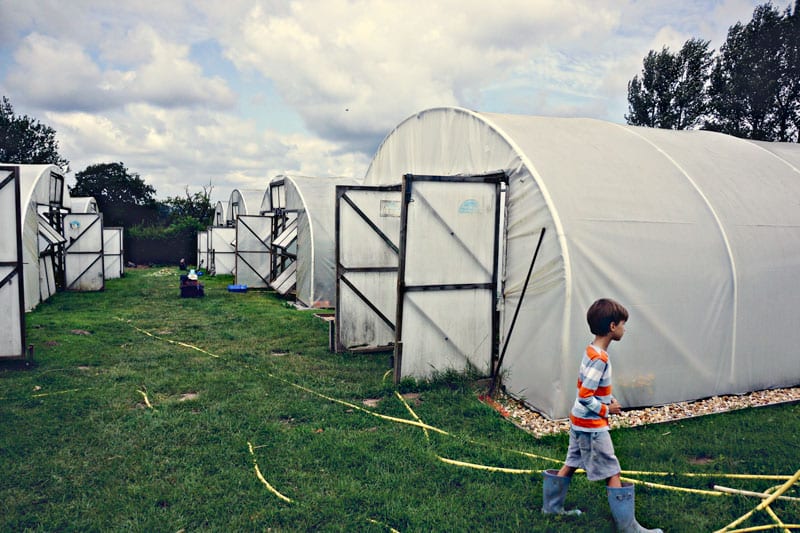
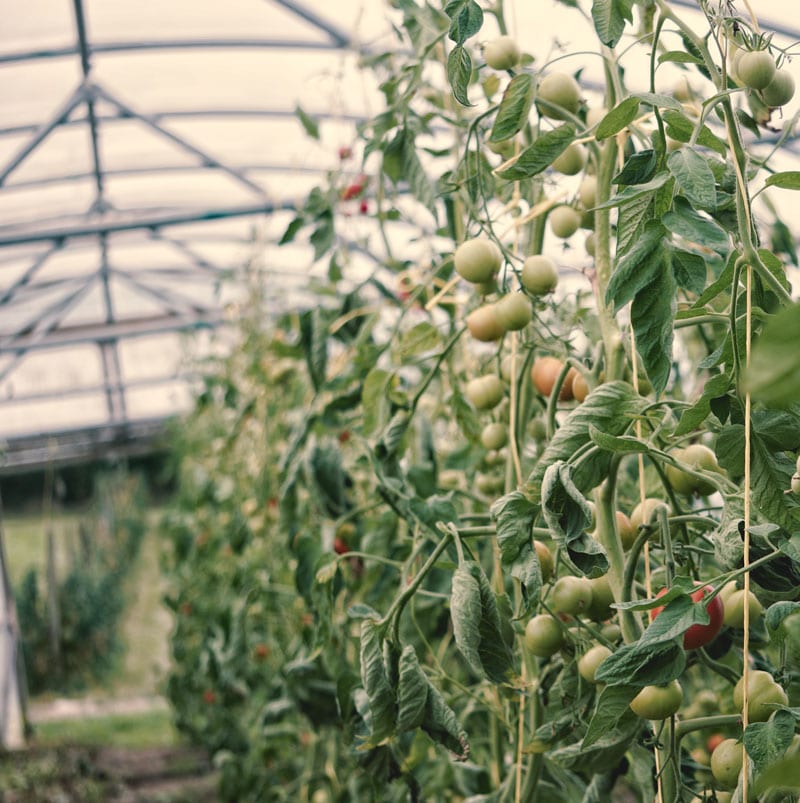
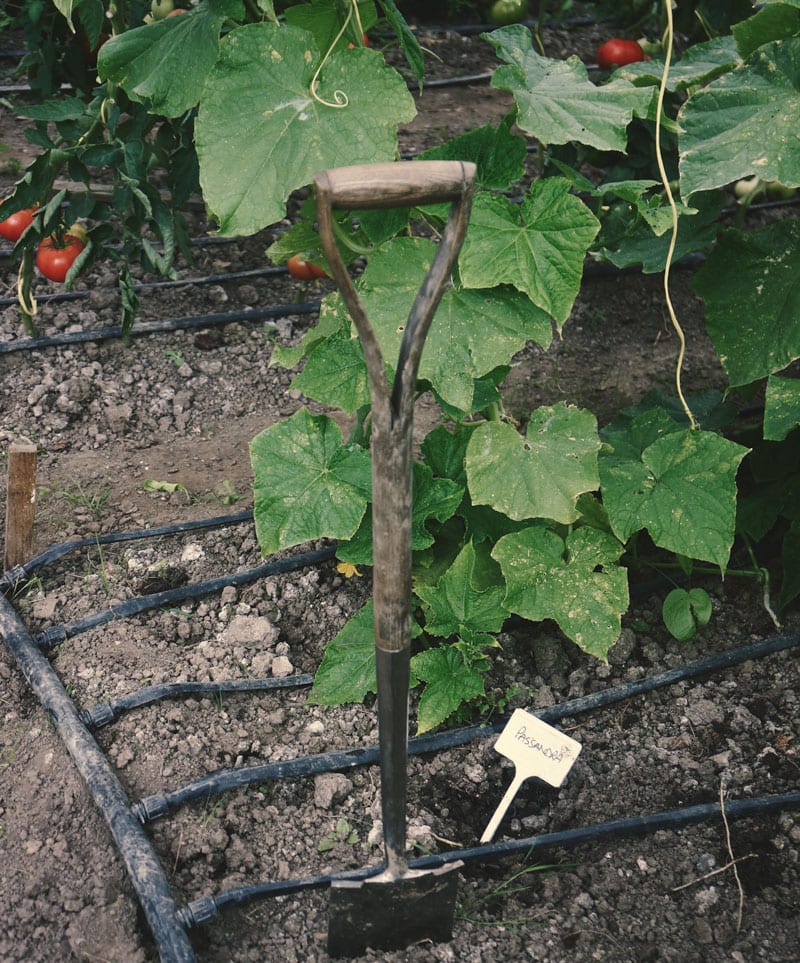
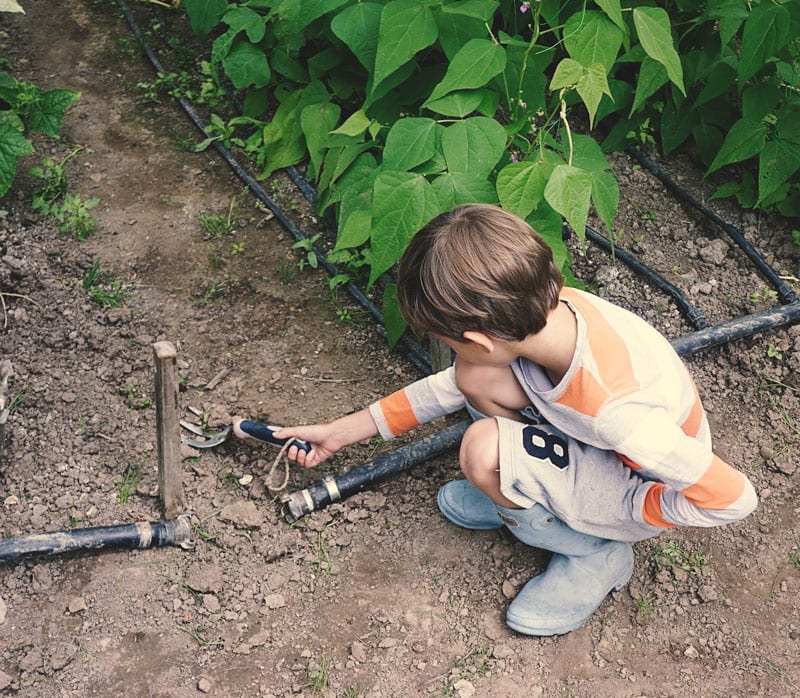
Wild flowers are grown alongside vegetables in the polytunnels. 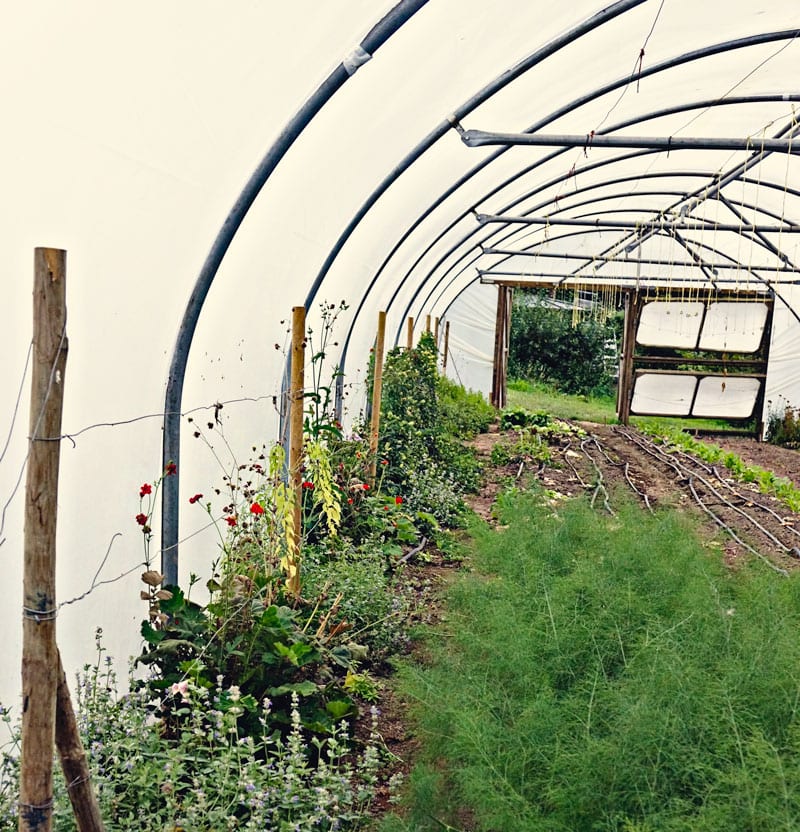
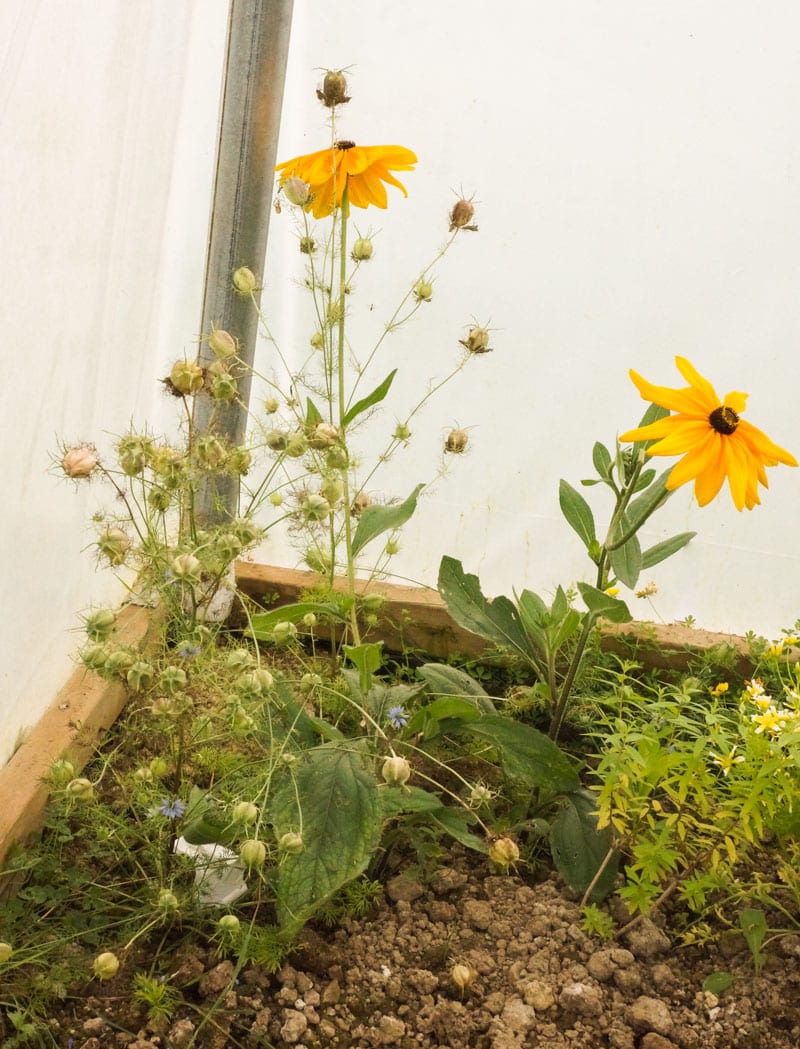 This is to attract bees to help with pollination. There are also pigs, chickens, sheep and orchards. The hay that feeds the animal is from the farm’s land.
This is to attract bees to help with pollination. There are also pigs, chickens, sheep and orchards. The hay that feeds the animal is from the farm’s land.
 The welfare of the animals is a prerogative. So horns are not taken off and dairy cows are not overmilked. Horns from dead cattle are used with cow dung to make a type of compost which is buried in the ground.
The welfare of the animals is a prerogative. So horns are not taken off and dairy cows are not overmilked. Horns from dead cattle are used with cow dung to make a type of compost which is buried in the ground.
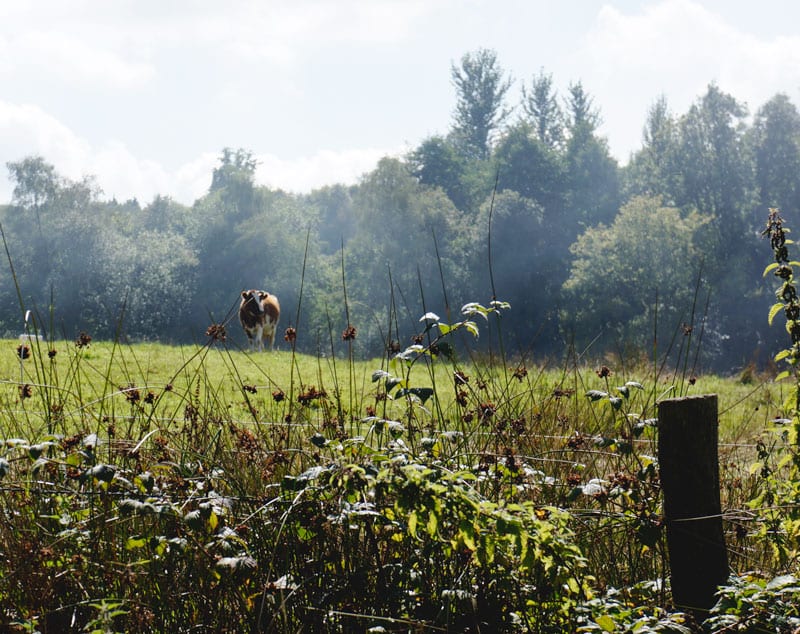 The whole biodynamic farm with its plants and animals works together as well as hand-in-hand with nature. Quite a few top wine producers in France and the US now have biodynamic vineyards. Like the food I buy in the shop, the wine is considered superb.
The whole biodynamic farm with its plants and animals works together as well as hand-in-hand with nature. Quite a few top wine producers in France and the US now have biodynamic vineyards. Like the food I buy in the shop, the wine is considered superb.
So, yes often we go for a walk around Old Plaw Hatch as it’s also known. There’s just something special about allowing my kids to see how the land and the animals work together harmoniously. And if you’re in Sussex I recommend a visit.
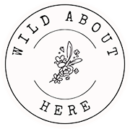
It looks like such a fantastic place, I love the fact that the animal welfare is priority x
WOW it looks like you could spend an entire day there just learning how it all works. I think I would loved visiting myself. Love the photos too, especially the very curious looking cow in the first pic!
What a wonderful place, just like farms *should* be! Love the photography here, you have such a recognisable style.
#Nipping over from Country Kids.
Oh wow Kriss this place sounds amazing, I love that you can just wander round. Fascinating post and I love the photos x
I love the idea of how they farm. Most of the farming methods in my country is guided by the sun and moon as well. The older farmers in my country has this sensitive instinct in them. They feel the earth and they know when its the right time. The farm looks so nice. One of the places I wish I can visit now. #countrykids
Sounds like a great place to visit and a slightly larger scale than how we live our lives here in France. It is so important for kids to learn where food comes from. We don’t have enough space for cows to give us raw milk … but we do buy it from the neighbouring farm instead and when it arrives in the morning it is still warm!
What a wonderful place to explore and learn more about farming techniques. Great pictures.
That sounds like a wonderful place to have a wander and their approach to farming sounds perfect – working with nature and the eco-systems. I am sure that must help improve the quality of their produce and how lovely for your children to be able to learn about it too.
I can see why you enjoy taking the children around there so much, what a wonderful way to enjoy the land and appreciate its beauty x
How interesting. Not something I’ve heard of but fascinating to explain to children #CountryKids
Looks like a lovely day out, and so interesting, too. Great to be able to buy all of the produce, too x
Looks like a fantastic place to town and explore as well as buy fresh produce. Lucky you x
This sounds amazing, it looks beautiful and really really interesting!!! Great food as well…..BONUS!! I don’t blame you for going for walks there often!
I love the sound of this farm and that you can wander around by yourselves. I must say I’ve never heard of farming according to the moon, but I do know our hens have stopped laying till spring thanks to the winter daylight hours. A fascinating post, thank you for sharing with me on Country Kids.
Thanks Fiona. It’s a community co-operative so they’re very welcoming about having a wander around when we want. Apparently there are now biodynamic farms in over 50 countries around the world.
What an amazing place, fantastic for Luce and Theo to see first hand how farming like this works. As a vegetarian, traditional farming like this is something that I like to see, respecting animals and having a holistic approach. Fabulous photos too, of course 🙂 #CountryKids
Thanks Sara. It really is lovely showing Luce and Theo a farm like this. I do want them to learn that, as you say, we should respect the land and the animals that feed us.